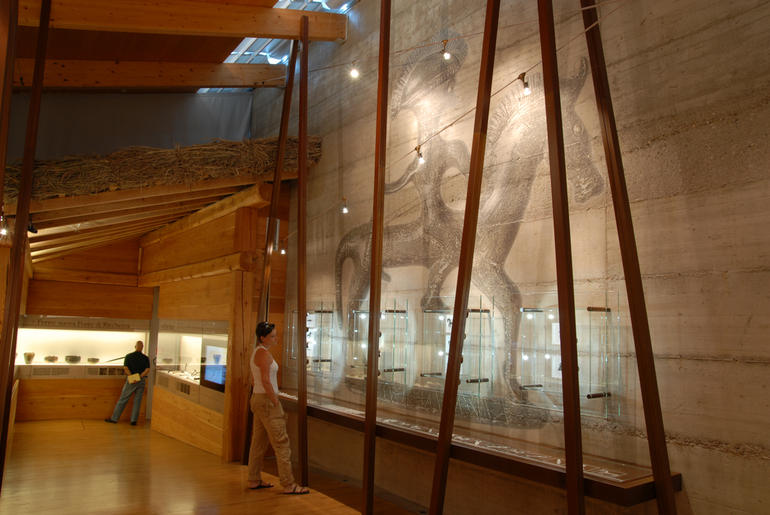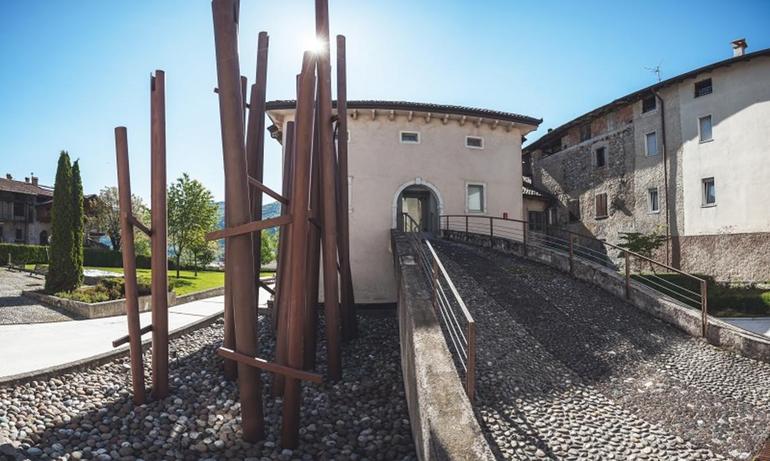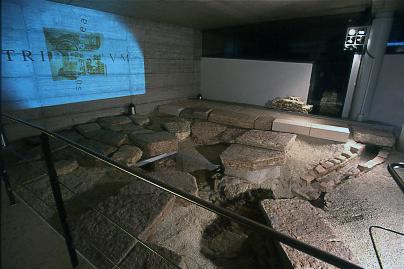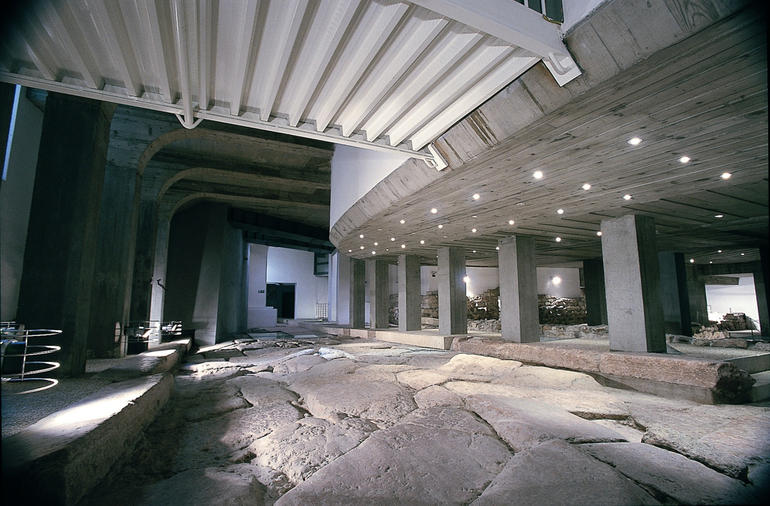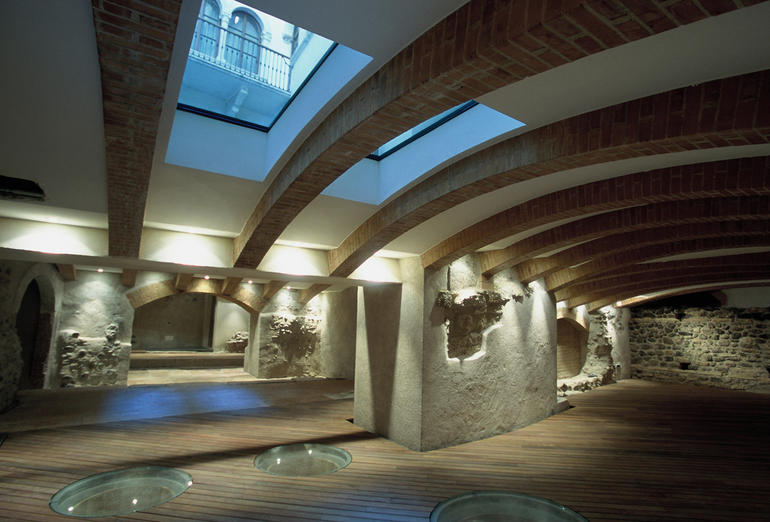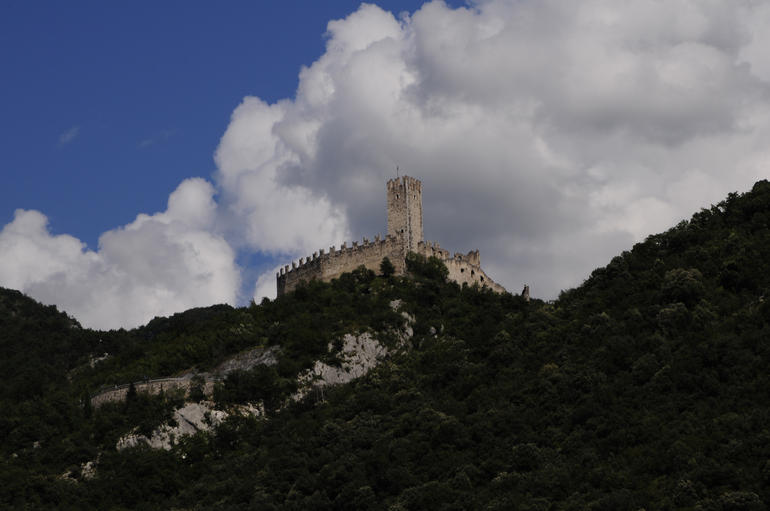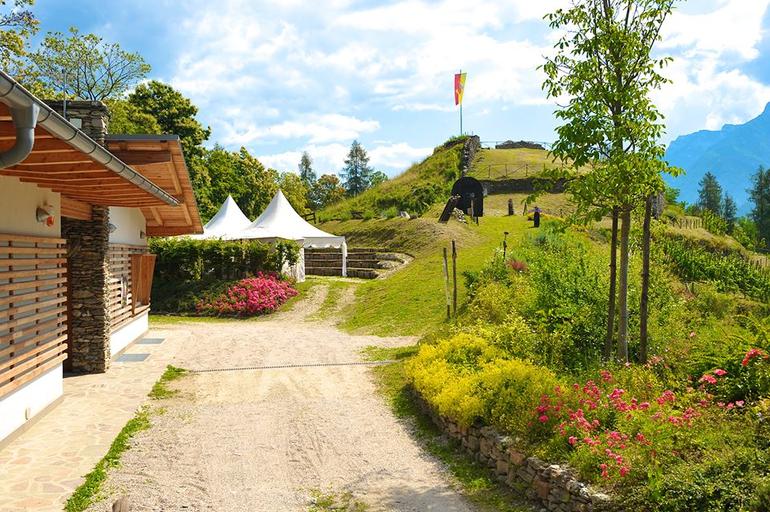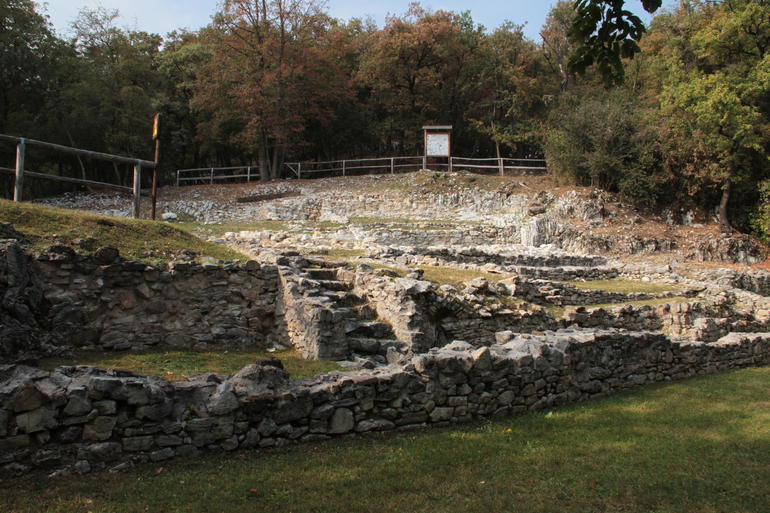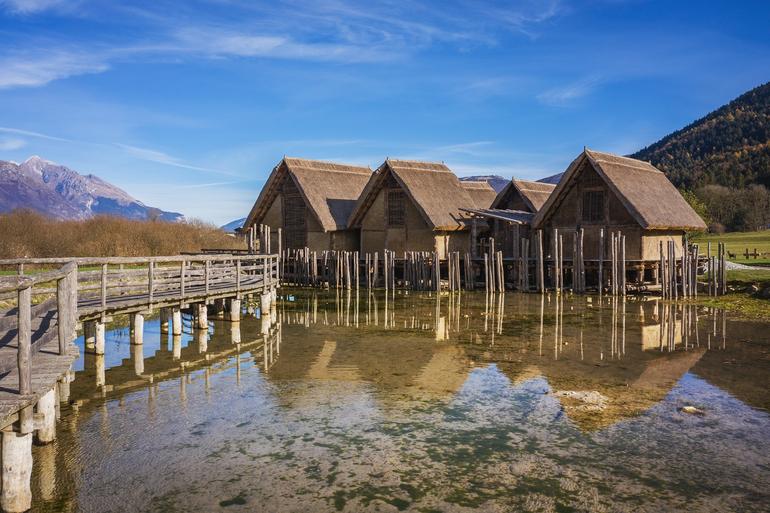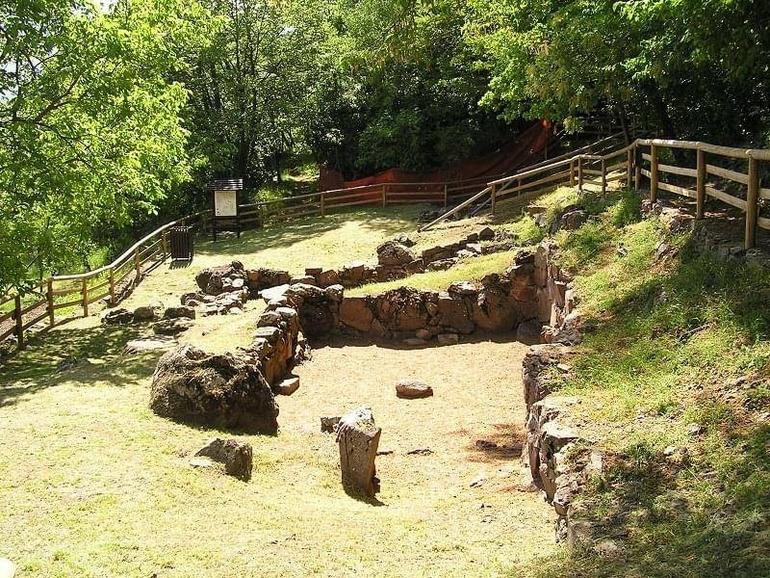Archaeological sites
Centre for the archaeology and ancient history of the Val di Non - Sanzeno
The Fiavé pile dwellings are an exceptionally important landmark in the history of Europe's oldest farming communities
The ancient Roman city of Tridentum, defined as the "splendidum municipium" by Emperor Claudius in 46 A.D., “lives” in the underground of the historical town centre of Trento
The ancient Roman city of Tridentum, defined as the "splendidum municipium" by Emperor Claudius in 46 A.D., “lives” in the underground of the historical town centre of Trento
Underneath the historic centre of Trento we find the ancient Roman city of Tridentum, the splendidum municipium, as it was defined by the Emperor Claudius in 46 AD.
Discovered in the mid-19th century as a result of peat extraction work, they are part of the UNESCO World Heritage List.
Following renovation work on Palazzo Lodron, in the square of the same name, it was possible to bring to light part of a quarter of ancient Tridentum.
Le più antiche testimonianze archeologiche rinvenute sulla collina sono alcuni frammenti ceramici risalenti al periodo Tardoneolitico - Eneolitico (fine IV - inizi III millennio a.C.).
The remains of the old castle were discovered thanks to the surveys conducted by the Soprintendenza per i Beni archeologici of the Provincia autonoma di Trento
Sotto la Torre Civica in piazza Duomo si trovano i resti della Porta Veronensis, monumentale ingresso a Tridentum, costruita nel I sec.a.C.
This important metalworking site derives its name from the water source nearby, flowing from the slopes of the Lagorai mountains
The archaeological site is situated in a panoramic position overlooking the upper Lake Garda area.
A journey into prehistoric times between archaeology and nature to discover the UNESCO world heritage site of the peat bog of Fiavé.
La prima testimonianza di una frequentazione umana del sito dei Montesei risale alla seconda metà del III millennio a.C.
Punta Linke, in the Ortles-Cevedale mountain range, during the Great War was one of the highest and logistically most significant Austro-Hungarian positions on the entire front.
